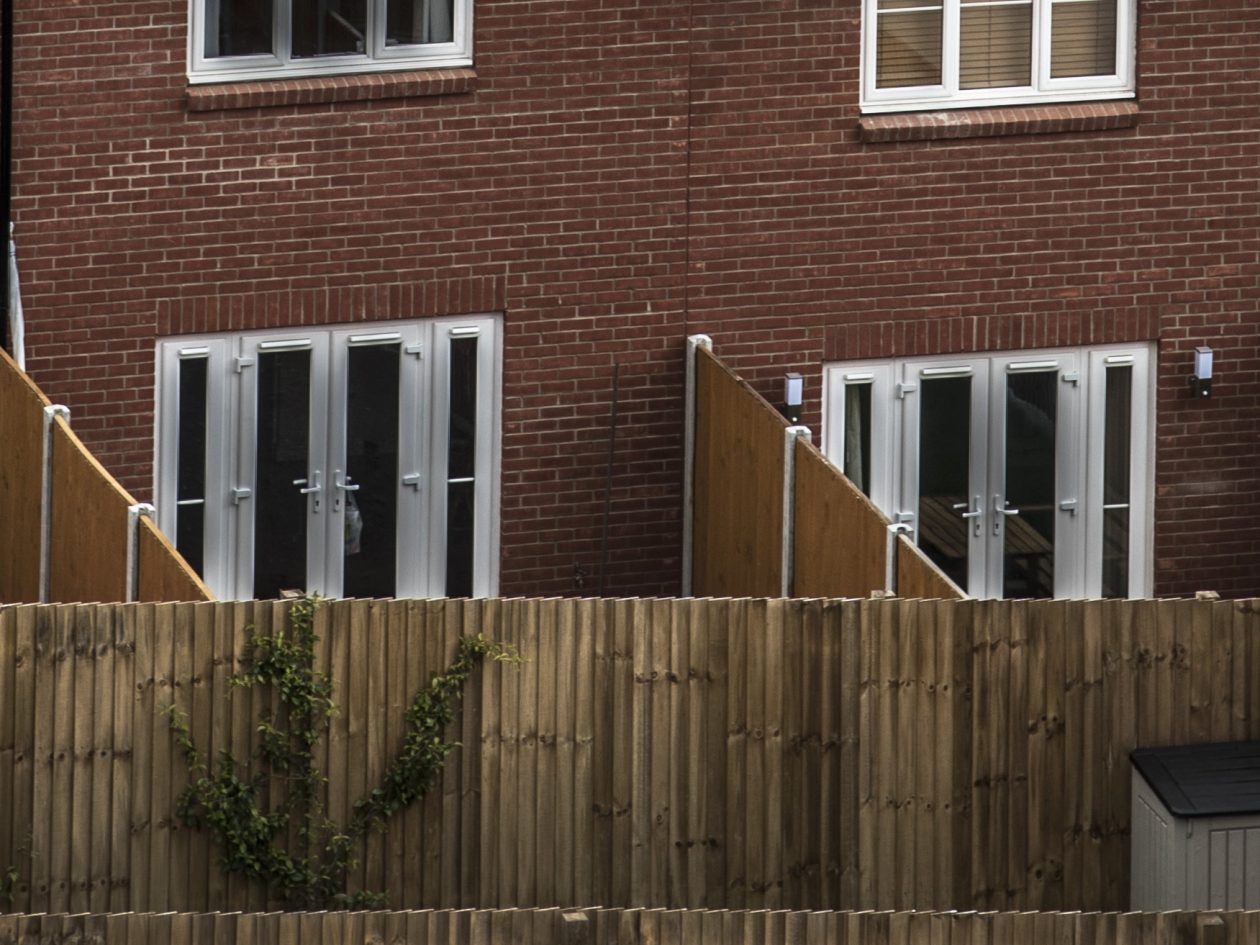UK households with the lowest reported incomes are not those with the lowest levels of spending or the worst living standards, according to a new study by Mike Brewer, Ben Etheridge and Cormac O’Dea, published in the October 2017 issue of the Economic Journal.
The research team from the University of Essex, Yale University and the Institute for Fiscal Studies (IFS) note that official measures of poverty in the UK are all based on income. Measuring trends in the number of households with very low levels of spending – as well as those with low incomes – would give a more accurate impression of whether poverty is rising or falling. It would also lead to better identification of those individuals who are the worst off in society.
Data on hundreds of thousands of households over a 30-year period consistently show that households who report having extremely low incomes often also report spending a lot more than do households with slightly higher, but still very low, incomes. Most recently, households who appear to be in the poorest 1% of society, measured by income, report that they spend as much per week as the average household. This strongly suggests that many of these households are not truly poor.
This mismatch is found in data spanning many years, and can be seen for many different types of household – those containing employees, those whose members are self-employed as well as workless households.
But these findings do not necessarily mean that households are being untruthful in their responses to official government surveys. Many see their incomes fluctuate from month to month, and those with irregular incomes manage to maintain a steady level of spending by saving and borrowing. This means that it is perfectly possible for outgoings to exceed incomings in any given period.
By using longitudinal data on household incomes and information on household wealth positions, the new research shows that this ‘smoothing’ of spending cannot explain all of the very high level of spending reported by those with extremely low incomes. The only way that borrowing alone could explain the high levels of spending would be if those in the bottom 1% either have just had, or expect very shortly to have, above average incomes.
The researchers also show directly that some social security benefits paid by the government are heavily under-reported in surveys. This ‘missing’ income amounts to over 4% of total household income, with the proportion likely to be much greater among only low income households.
These findings are important for researchers who want to measure the level of, or trends in, poverty or inequality in the UK, and for policy-makers wanting to know whether patterns of household spending are sustainable.
The researchers argue that measuring trends in the number of households with very low levels of spending – as well as those with low incomes – would give a more accurate impression of whether poverty is rising or falling, and better identify those individuals who are the worst off in society.
The findings mean that trying to assess the number of people in severe poverty by counting those with very low incomes is particularly problematic. Academics and government statisticians also need to work harder to collect more accurate data on households’ incomes and spending, as these concepts are critical when assessing whether living standards in society are improving.
But the researchers do not think that we should reform welfare benefits so that money is given out to those with low levels of spending. Instead, they should continue to be paid to those with low incomes. This is because, at the household level, spending is much more likely to be manipulated than income: if benefits were paid according to spending, households could time their purchases to make themselves look poorer than they really are.
This research adds to a longstanding debate on which poverty measures are most suitable. Researchers commonly measure poverty by comparing household income to a poverty line, because a household’s total income is seen as a good proxy for its standard of living.
An alternative is to use a household’s consumption as a proxy for its standard of living. A measure of consumption is derived from the level of a household’s spending, as well as its stock of ‘durable’ assets, such as furniture and cars.
In addition, some have argued that households with low resources often under-report their income to household surveys but seem to report their level of spending with greater accuracy. This provides a practical reason to use consumption rather than income to assess who is truly the poorest in society.
ENDS
Notes for editors: ‘Why are Households that Report the Lowest Incomes so Well-off?’ by Mike Brewer, Ben Etheridge and Cormac O’Dea is published in the October 2017 issue of the Economic Journal.
Mike Brewer and Ben Etheridge are at the University of Essex. Cormac O’Dea is at Yale University. Mike Brewer and Cormac O’Dea are also IFS research fellows.
Funding from the Economic and Social Research Council (ESRC) supported this work through the ESRC Centre for the Microeconomic Analysis of Public Policy at the IFS and the ESRC Research Centre on Micro-Social Change at the University of Essex.
For further information: contact Romesh Vaitilingam on +44-7768-661095 (email: romesh@vaitilingam.com; Twitter: @econromesh); Mike Brewer via email: mbrewer@essex.ac.uk; Ben Etheridge via email: bsethe@essex.ac.uk; or Cormac O’Dea via email: cormac.odea@yale.edu
